Why Ive’s way of doing personal projects is good for designers
Personal projects should be an important part of life as designers, but is mixed with the work and the realities of an in-house design team, which can be a messy process. Often, the question of fulfilment comes into play. Surprisingly, the answers to fulfilment comes with play.
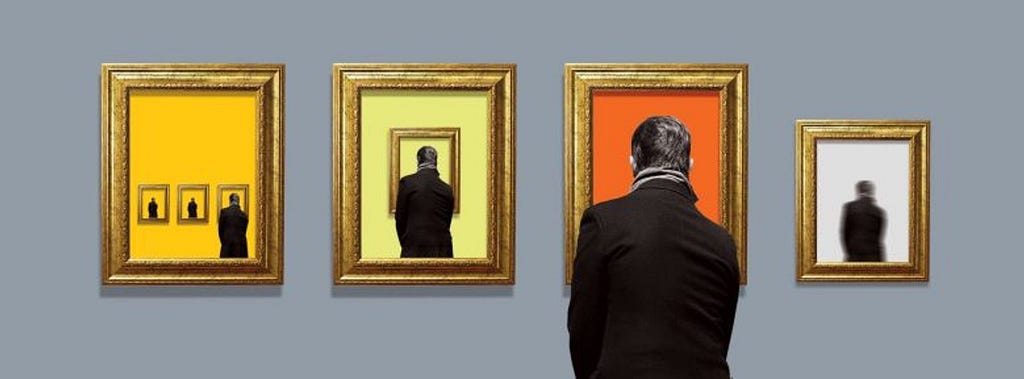
Every once in a while, I would perform a KonMari, a ritual of tidying popularised by author turned Netflix celebrity Marie Kondo. The act is rather cathartic and hypnotic. Cathartic because there is a sense of relief that you can breathe again after decluttering your house. Hypnotic because you are in a productive, focused state that somehow produces dopamine as you see the transformation of your home.
But while Marie Kondo advocates regular tidying, the reality is that we are so busy with our lives that we tend to prioritise other important or urgent stuff over tidying. Also, because tidying is a conscious act, it cannot be fully automated. At best, putting existing items in their rightful place or home could be possible, but adding new things to your collection will affect the tidying system. For that matter, most of my tidying efforts have been conducted periodically, but with the same objective: to live a better clutter-free life at home. KonMari has become one of my personal projects-a set of actions intended to attain or maintain a personal goal.
The year was early 2022 when Gilad Tiefenbrun, CEO of British Audio brand Linn, received a direct message from someone unexpected. Initially thinking it was junk mail, Tiefenbrun dismissed the thought that Jony Ive, Apple’s former chief design officer, had wanted to reach out to him. Thankfully, he reexamined the note and went about speaking to Ive. That conversation turned out to be a collaboration with Ive’s LoveFrom studio, which produced 250 units of the limited-edition turntable audio for Linn’s 50th anniversary. The best part? Ive did it for free, with no subsequent royalties, obligations, or financial arrangements with the company.
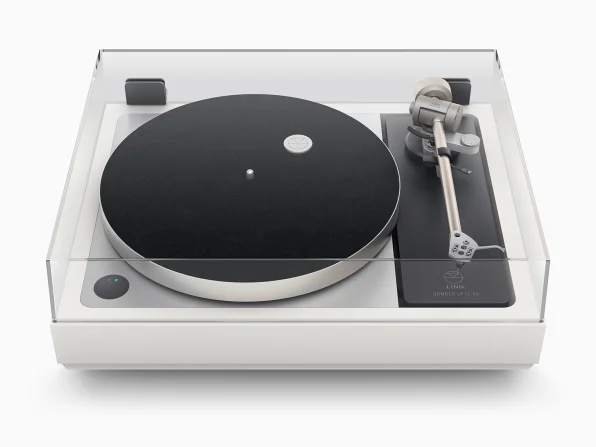
The question is, Why?
Why would Ive go about spending his time working on a brand unknown to a global market? Anyone who has been through the design process knows the complexity and emotions that come with the job. Except for Ive and his team.
“There are many things that I’ve always wanted to be able to do purely for the love of doing them,” Ive says. “And there’s a substantial percentage of our work that we do purely for the love of doing it.”
Flow is a familiar concept to designers. As discovered by Mihaly Csikszentmihalyi, a person in a flow state experiences a high level of personal challenge and skill, resulting in a focused and happy state. This phenomenon is apparent in creative outputs, including design activities. Flow is thus seen as the holy grail for the happiness of designers because they love what they do.
Data on design that affects personal fulfillment
So why aren’t designers feeling more fulfilled at the workplace? To be fair, there have been relatively positive sentiments among designers, with decent salaries and career happiness. At the same time, the perils of having creative traits are also true. Head over to Reddit, and you will see hundreds of posts on stress, burnout, and depression. Here is the reality: rather than seeing emotions on a single scale, it might be better to isolate them on their own independent variable. This is also how Pixar’s Inside Out shows the dual feeling of being both sad and happy, which is also known as bittersweet.
But another reason could be the organisational structure of design, leading to subpar performance by the design team. In their bi-annual design reports, McKinsey posted two findings:
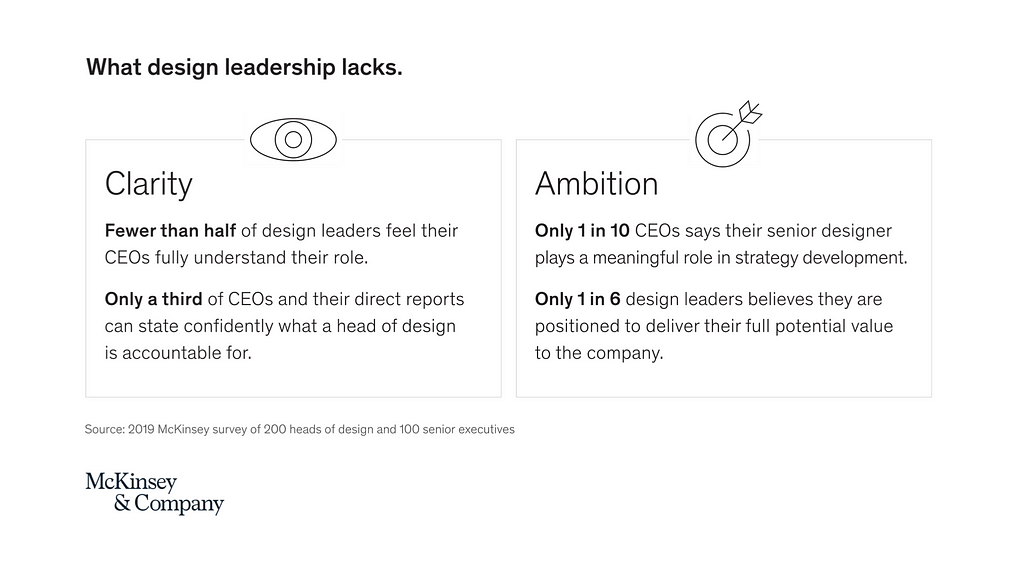

Lastly, the nature of the job is complex and demanding, such that the rate of continuous, repeated success isn’t as high as in more straightforward roles. Consider the amount of alignment and collaboration required to ensure the best user experience, along with the current technical constraints and business targets. Chances are, a designer’s initial concept will morph into something completely different. The pure joy of originality dampens with each iteration from various stakeholders.
The bottom line for design work
Thus, getting a consistent flow state in any full-time UX job is more of a myth than a reality. The unfortunate consequences are a loss of motivation, meaning, and fulfilment when left unrealized. Perhaps that was also one of the major reasons why some design leaders, including Jony Ive, left their high-status jobs in pursuit of something completely personal and different.
In fact, one subtle differentiation between personal projects and business-led initiatives is agency, which is defined as the human capability to influence one’s functioning and the course of events through one’s actions. Not to be trivialised, having a sense of control is recognised as a fundamental aspect of attaining happiness by various thought leaders, including Csikszentmihalyi.
And yet, maybe the pursuit of happiness needs to be a little trivial.
When I say this, I do not mean what we do is unimportant. Instead, there isn’t a high amount of stake that affects our agency due to factors like stakeholder management or business decisions. Instead, what we truly desire is our best individual effort to make something beautiful through creativity and rigour.
A case for personal projects
In a podcast interview by two renowned psychology professors, Adam Grant and Brian Little, both related personal projects to the choices people make and the things that they do. Rather than view them as one life-defining project, they agreed that projects could be plentiful and somewhat trivial to the person.
“I think psychologically, if you have vested everything in one project and you’re rigidly unable to dissociate from that project when things are going wrong, then problems may be ahead. We know that depression can arise out of that.”
Austrian graphic designer and TED talk speaker Stefan Sagmeister knows this better than anyone. This was the man who decided to cut his retirement up into smaller chunks and bring them closer to his working years. Every seventh year, he would take a sabbatical by closing his studio to work on his personal projects.
“What came out of it? I really got close to designing again. I had fun. Financially, over the long term, it was actually successful. Because of the improved quality, we could ask for higher prices. And probably most importantly, basically everything we’ve done in the seven years following the first sabbatical came out of thinking of that one single year.”
So what did Sagmeister do? Here is a list of projects in no particular time period: wild dogs on t-shirts, wild dogs as furniture, a table with hundreds of embedded compasses, a typographic chair, meditation, a film about happiness with monkeys, pigs, and geese acting as his cast…
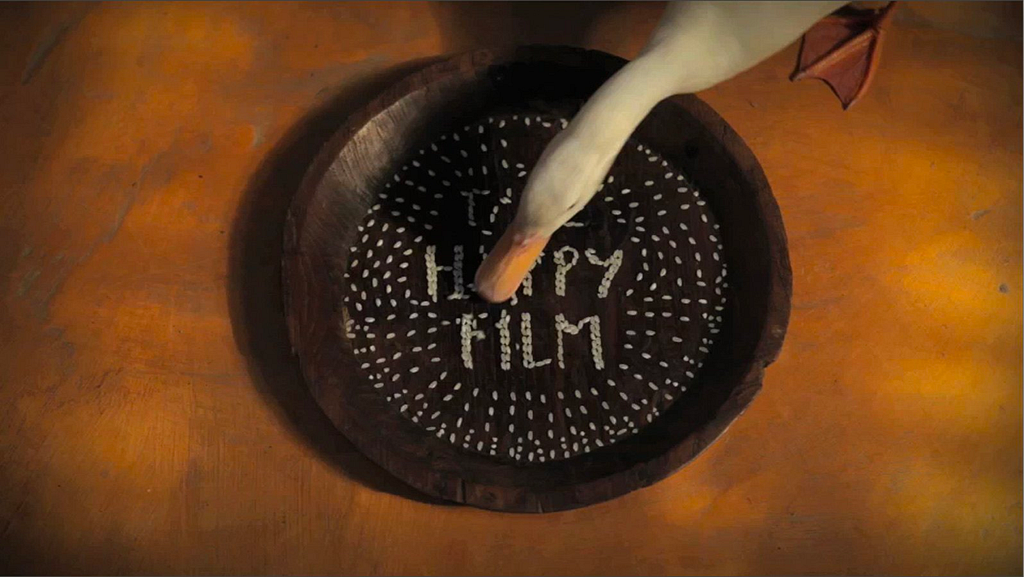
Perhaps our perspective on projects needs to change. We need to find projects that are personal, trivial, and fun. They need to matter, but more for yourself than for others. And the more freedom of control you have, the happier you can be.
Brian Little states that a person has, on average, 15 personal projects at any given point in time. They could range from jogging to spending quality time with your partner. More importantly, they may not necessarily be related to your work or any core projects that will drastically impact your life.
Here are four guidelines on how to pursue personal projects:
1. Follow Brian Little’s five features of personal projects
In the same interview, Little listed five aspects of developing a more satisfying personal project. They need to be meaningful and consistent with a person’s values. They need to be manageable and have a sense of efficacy and progress. They need to be associated with community or connection so as to harness support or advocacy from others. Finally, they need to have regulated positive and negative affect. Just like Pixar’s Inside Out, personal projects can be both joyful and stressful. The goal is to increase happiness and reduce stress-inducing factors.
2. Create a list like Stefan Sagmeister
Sagmeister confesses that he is a big listmaker, but having a list of your personal projects helps keep you on track. Two possible types of projects on the list are one-off projects, which have a start and end date, while the other is recurring on a frequent basis. Nevertheless, they are active reminders as well as good reflections after many years. Admittedly, Sagmeister keeps a diary to help him remember the values of his personal projects. Perhaps keeping one could be your personal project too.
3. To be happier, flow it like Csikszentmihalyi, with high challenge and high skill
Using his flow diagram, a person can determine how they are feeling and what it will take to get to a flow state. For example, a person could feel arousal because they are facing a high challenge with a lower set of skills. Naturally, people who are learning outside of their comfort zones fall into this category. Conversely, a person with high skills but lower challenges may feel that they are in control but may be missing some level of excitement. Too little challenge, and it may become a mundane routine. Too little skill, and it may become an existential crisis of anxiety.
Perhaps our perspective on projects needs to change. We need to find projects that are personal, trivial, and fun. They need to matter, but more for yourself than for others. And the more freedom of control you have, the happier you can be. (image source: TED)

4. Find time, not money
Jim Rohn famously said these words: “Time is more valuable than money. You can get more money, but you cannot get more time.” The lesson here is that time is irreversible, and how we invest in it matters. As with every typical 24-hour day, we ought to work hard, play hard, and rest hard. Although we may never get a consistent equal distribution of playing, working, and resting, we need to consciously set aside time for playing. Children seem to have no problem playing simply because it is fun. As adults, we can learn from children the art of playing, to the extent that we do not need to add a dollar value to it. In short, let’s treat our personal projects not as money-making schemes but as enriching endeavours for our mind and soul.
My personal journey with personal projects
Personal projects have been an important part of my life as a designer. However, it did not come naturally. There were times in my early design career that I would put all of my eggs in one basket. Whether it was to chase my KPIs or to work diligently on work-specific projects, I was frustrated with the limitations of design outcomes. The reality of an in-house design team is a collaborative yet messy process. Often, a question of fulfillment comes into play. Surprisingly, the answer to fulfillment comes with play.
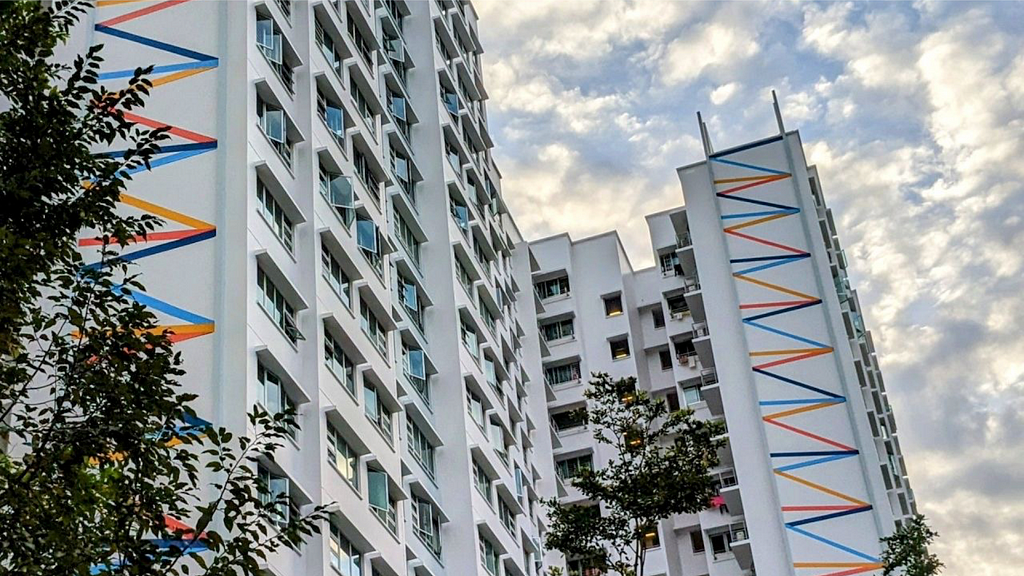
As I matured over the years, I started embracing personal projects outside of work. And as it turns out, design is a transferrable skill for daily living. Some of my best personal projects are as follows: planning for a family trip to art museums; teaching my kid how to use Canva; writing an article on a regular basis; sharing my design skills through a community project… and many others.
So I will encourage all of us to boldly speak about our personal projects, no matter how trivial they are. To take action, learn, and reach a flow outside of work. To enjoy the process and put aside payrolls. And as Ive put it,
“To do purely for the love of doing it.”
Now I’m going back to tidying with KonMari so that there can be space for new personal projects to come in!
Further Readings:
- Cooney, D., Kondo, A., Sheppard, B., & Kouyoumjian, G. (2022, April 27). Redesigning the design department | McKinsey. Www.mckinsey.com. https://www.mckinsey.com/capabilities/mckinsey-design/our-insights/redesigning-the-design-department
- Csikszentmihalyi, M. (1990). Flow: the Psychology of Optimal Experience. Harper and Row.
- Dalrymple, M., Pickover, S., & Sheppard, B. (2020, February 19). Are you asking enough from your design leaders? | McKinsey. Www.mckinsey.com. https://www.mckinsey.com/capabilities/mckinsey-design/our-insights/are-you-asking-enough-from-your-design-leaders
- Little, B. (n.d.). Dr. Brian R. Little. Dr. Brian R. Little. https://www.brianrlittle.com/
- Little, B. (2023, July 11). Deciphering the puzzle of our personality with Brian Little (A. Grant, Interviewer) [Interview]. In ReThinking with Adam Grant. https://www.ted.com/podcasts/rethinking-with-adam-grant/deciphering-the-puzzle-of-our-personality-with-brian-little-transcript
- TED. (2008). Mihaly Csikszentmihalyi: Flow, the secret to happiness. In YouTube. https://www.youtube.com/watch?v=fXIeFJCqsPs
- TED. (2009). Stefan Sagmeister: The power of time off [YouTube Video]. In YouTube. https://www.youtube.com/watch?v=MNuOmTQdFjA
- Wilson, M. (2023, July 7). Jony Ive discusses his first hardware project post-Apple. Fast Company. https://www.fastcompany.com/90919569/jony-ive-first-hardware-project-post-apple
Why Ive's way of doing personal projects is good for designers was originally published in UX Collective on Medium, where people are continuing the conversation by highlighting and responding to this story.